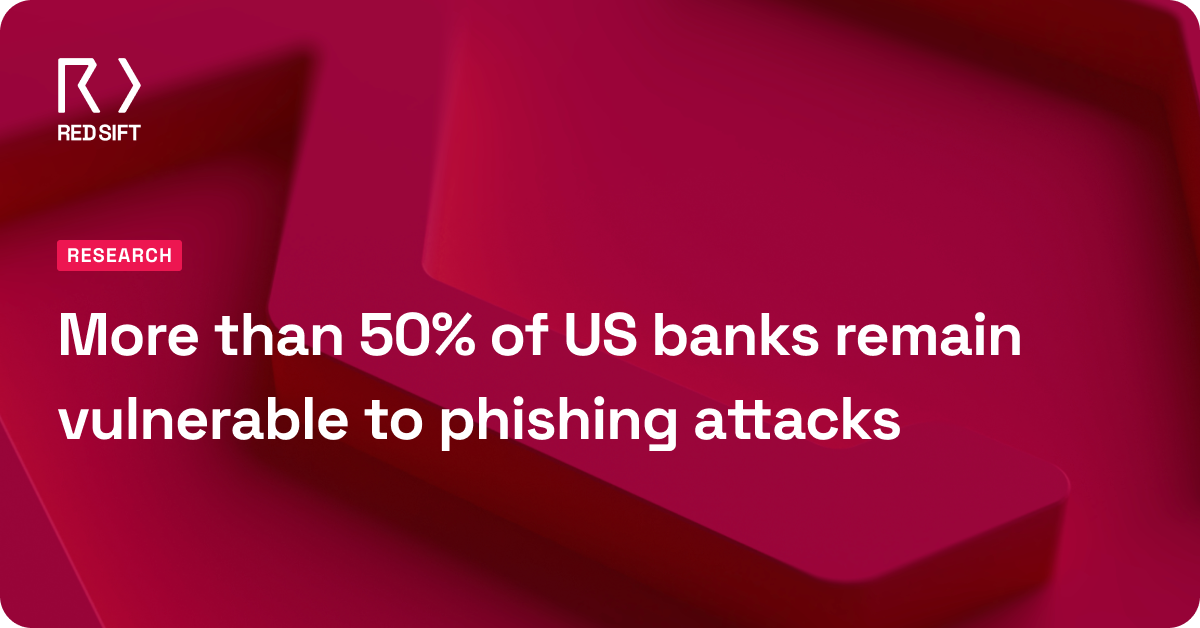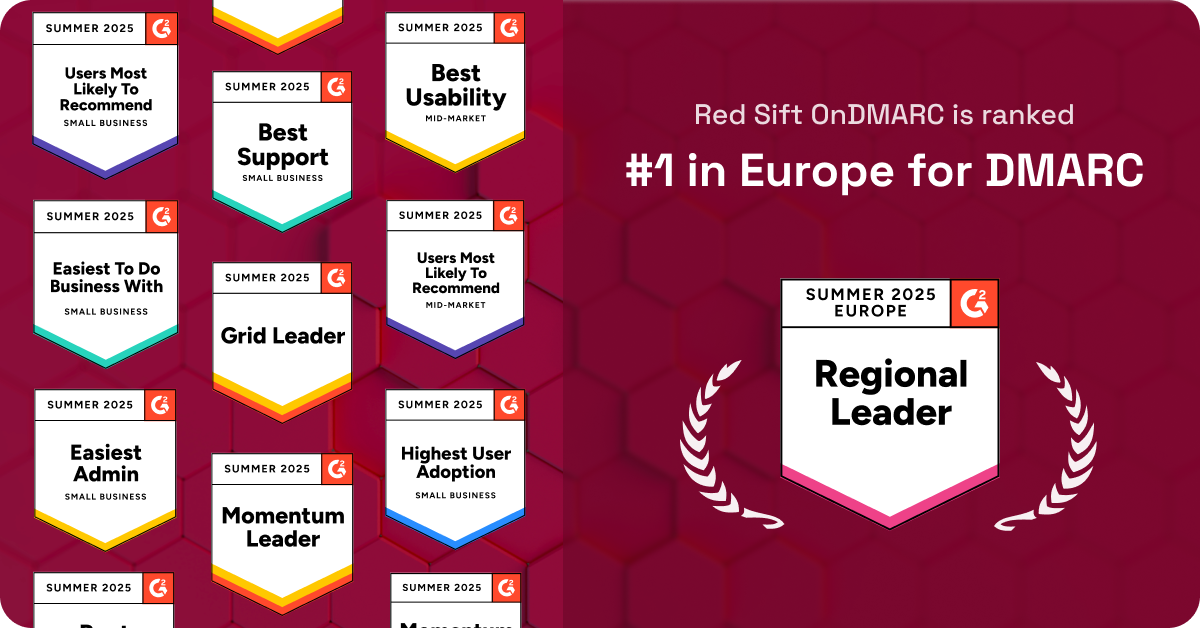It’s that time of year when we look back at the past 12 months, attempt some crystal ball gazing, and see if we can make some salient predictions about the lay of the land in 2018. We intend to revisit this post in another 12 months and see what we got right and what we did not! I’ve also invited my co-founder Randal Pinto to offer his insights too, so without further delay, here’s our forecast for 2018.
Cryptocurrency
Cryptocurrency has shot to fame in the past few years. I first started mining Bitcoin back in 2013 with my shiny new Mac Pro. How things have changed. These digital currencies, secured by cryptography, ironically remain at the mercy of criminals — just last week we saw reports of a hack attack in which $64 million in bitcoin had been stolen. As with any new entrant into a global marketplace, guidelines are few and far between, so we will see regulators playing catch up to establish standards in order to safeguard consumers as well as the industry.
However, officials will struggle with implementing these regulations in 2018. Putting a leash on a global, decentralized mechanism will not be a straightforward task and some stakeholders may resist being locked down. We’re likely to see new ICOs suffer due to a lack of ability to comply with new standards, but at the same time, the value of existing cryptocurrency, such as Bitcoin, will continue to rise as consumers take to hoarding and it gains mainstream acceptance as a financial instrument. Short term volatility though will be eye watering.
We’ll also witness the fundamental performance issues with the current blockchain design. It is hard to scale. It warms our planet. Next generation ‘intelligent’ approaches such as Ethereum will also struggle to scale and will continue to be plagued by bugs. It is hard to build smart contracts that enable new applications without also enabling new vulnerabilities.
Finally, we’ll see broader adoption of blockchain in the enterprise — finance and insurance companies have already started adopting this digital framework. IBM and Microsoft too have joined the fray, offering Blockchain as a service (BaaS) solutions which will see wider adoption across other industries such as energy, retail, real estate, communications and public sector. The killer enterprise applications however, are still to be found and we won’t get there in 2018.
Artificial Intelligence
When we talk about AI, we’re not talking about the menacing uprising of intelligent machines against humanity — this Hollywood notion has detracted from AI’s state of play right now. From use in malware detection in cybersecurity to enhancing the digital gaming experience, AI is developing at a rapid rate, and we’re due to see more of it in 2018.
One of the key trends we’ll see is that AI will start writing AI. This is the idea of deep neural networks designing and optimizing other deep neural networks, and will become mainstream in the arena of machine learning. It will help industry as people who can make and tune these networks are hard to hire and harder to train.
It will also startle us as the machines will display ‘creativity’ and ‘innovation’ in the way they configure themselves to solve our tasks. We won’t really be any closer to general purpose AI, but hyperbolic industry commentators will no doubt spin AI writing AI as the start of it.
Post quantum
Quantum computing is coming and not a lot of people are paying attention. Fundamental algorithms will be upturned and real hardware and SDKs will quickly turn scientific papers into implemented realities in 2018. Developers will need a totally different set of skills to harness the potential so the full scope will take more than a year to be felt but in the long term, the impact is likely to be as profound as the birth of AI.
At the very least, we know it will threaten encryption and computing security. The concern that many experts share is that this level of computing power will be able to crack or significantly weaken previously ‘unbreakable’ encryption techniques.
Cybersecurity — Randal Pinto, COO Red Sift
Although everyone knows what they should be doing for GDPR, reports are already suggesting that not only are millions of SMBs in the UK still not compliant but , as we enter the New Year, they haven’t even begun preparing for the EU-mandated regulation. Until we see a landmark GDPR case, where an organization gets hit with that headline-grabbing fine, firms will probably continue to keep the status quo with minimal measures in place. Many firms are citing massive costs and resources required as barriers to making the necessary changes.
With GDPR requiring any data breaches to be reported immediately, 2018 will see a raft of companies declaring breaches and opportunistic hackers ramping up their attacks on vulnerable organizations.
We’d love to hear your predictions — if you’ve got secret insight into data, cybersecurity or anything tech-related, drop us a note at team@ondmarc.com.






